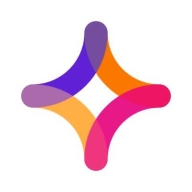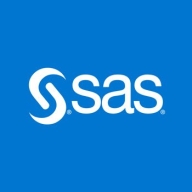

SAS Data Integration Server and Jitterbit Harmony are competing data integration solutions. Jitterbit Harmony appears more adaptable with feature flexibility, while SAS Data Integration Server offers advanced data processing capabilities.
Features: SAS Data Integration Server offers robust data management tools, comprehensive support for complex data processing, and enterprise-level analytics. Jitterbit Harmony provides ease of use with a drag-and-drop interface, cloud-based capabilities, and seamless integration with various applications.
Ease of Deployment and Customer Service: SAS Data Integration Server requires more substantial IT resources and time for deployment due to its comprehensive setup. Jitterbit Harmony offers a quicker, more intuitive setup process. Customer service awards Jitterbit a slight edge with responsive and accessible support, while SAS benefits from a wealth of documentation and technical resources.
Pricing and ROI: SAS Data Integration Server presents a significant initial investment, aimed at high-volume data environments with potentially high ROI when fully leveraged. Jitterbit Harmony offers flexible pricing structures, including cloud-based models, which can result in faster ROI for organizations looking for rapid deployment and reduced upfront costs.
| Product | Market Share (%) |
|---|---|
| SAS Data Integration Server | 0.6% |
| Jitterbit Harmony | 0.6% |
| Other | 98.8% |

| Company Size | Count |
|---|---|
| Small Business | 8 |
| Midsize Enterprise | 3 |
| Large Enterprise | 1 |
Jitterbit Harmony offers an advanced integration platform that simplifies data transformation, helps users quickly connect apps, and automates workflows, streamlining complex business processes efficiently.
Designed to meet the high demands of modern businesses, Jitterbit Harmony enables seamless integration across cloud and on-premise environments. By leveraging its powerful tools and user-friendly design, users can accelerate innovation, reduce operational costs, and enhance productivity. It bridges the gap between traditional and emerging technologies, ensuring organizations can adapt quickly to market changes and remain competitive.
What are the key features of Jitterbit Harmony?Jitterbit Harmony finds its application across numerous industries, from enhancing data integration in the healthcare sector to optimizing supply chain logistics in manufacturing. It supports financial institutions by improving transaction processing and facilitates real-time data connectivity in retail environments, making it a versatile choice for diverse industries looking to innovate rapidly.
We monitor all Data Integration reviews to prevent fraudulent reviews and keep review quality high. We do not post reviews by company employees or direct competitors. We validate each review for authenticity via cross-reference with LinkedIn, and personal follow-up with the reviewer when necessary.